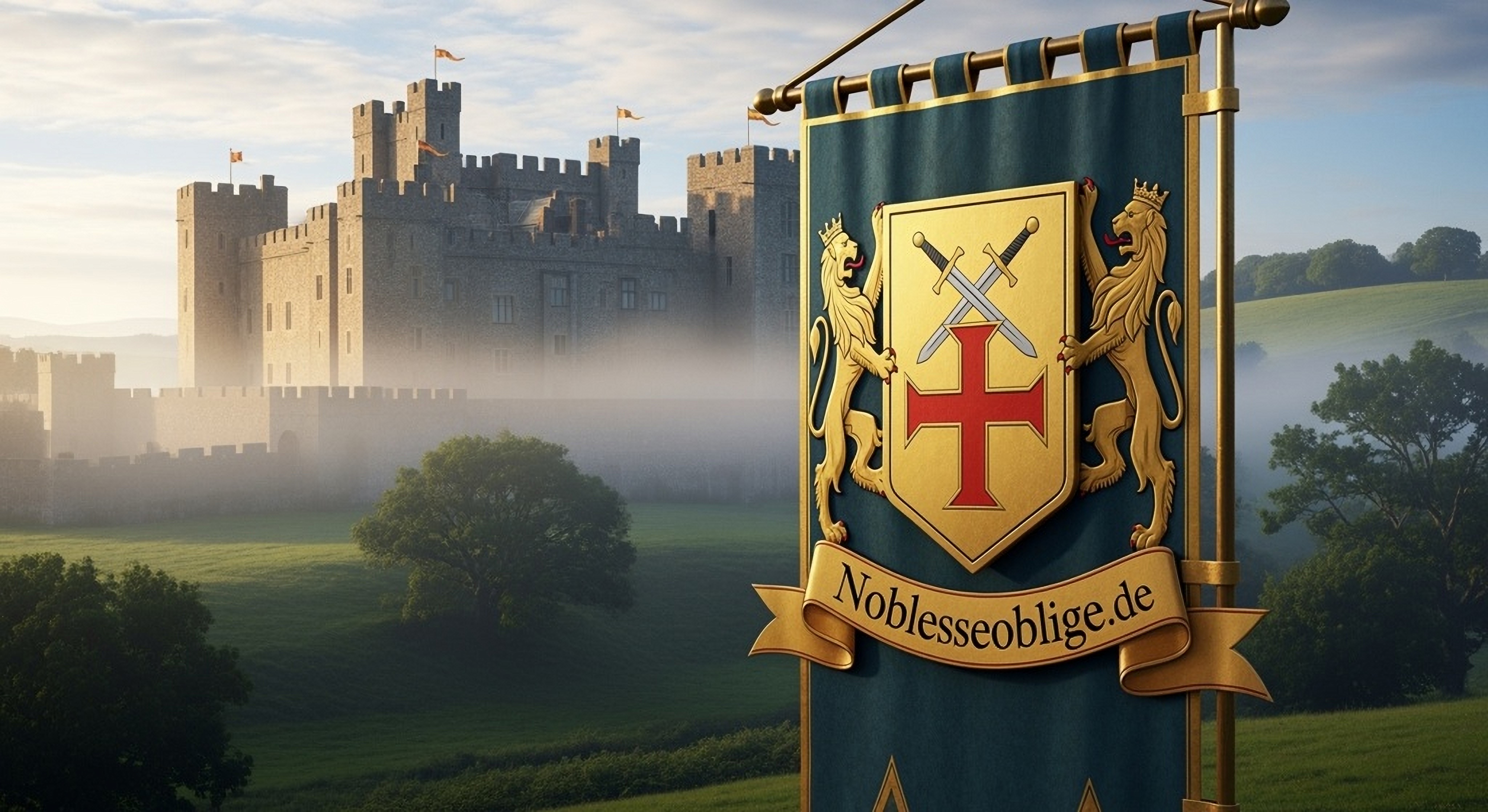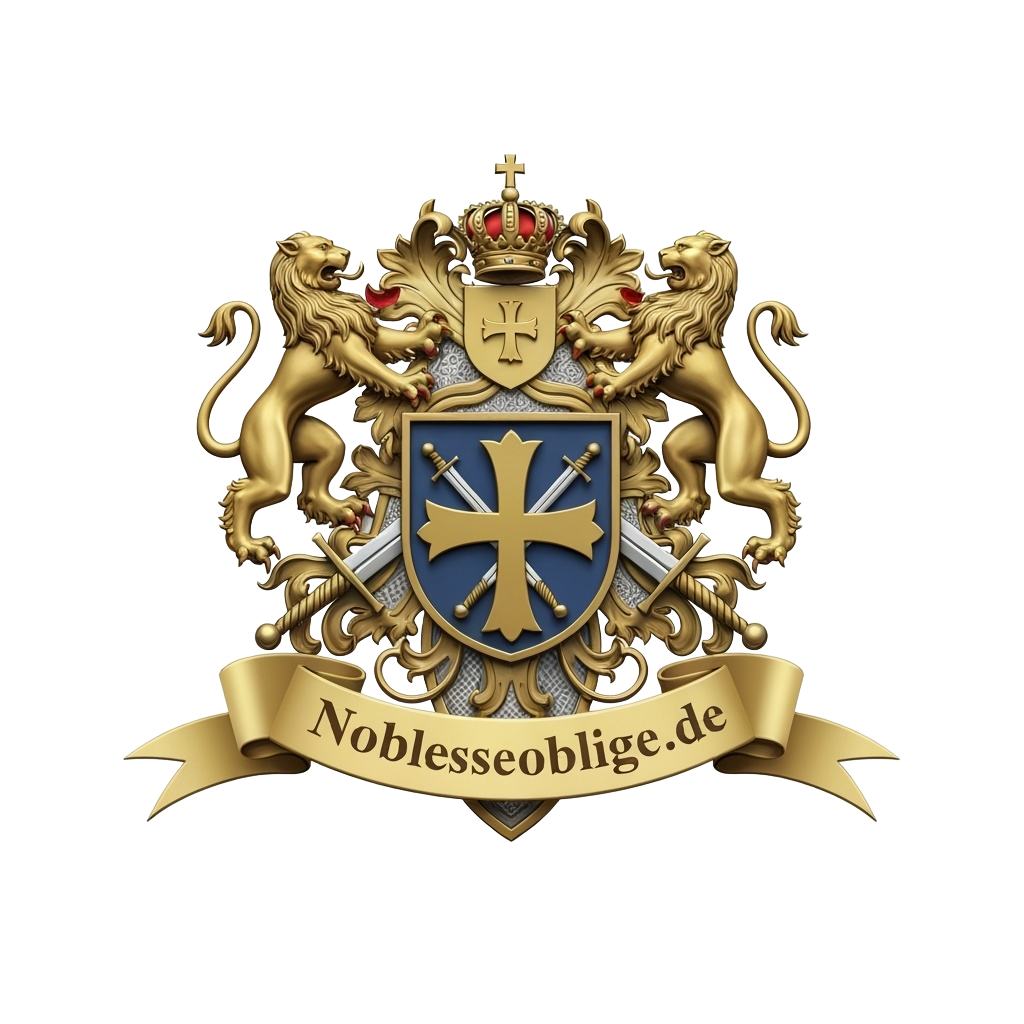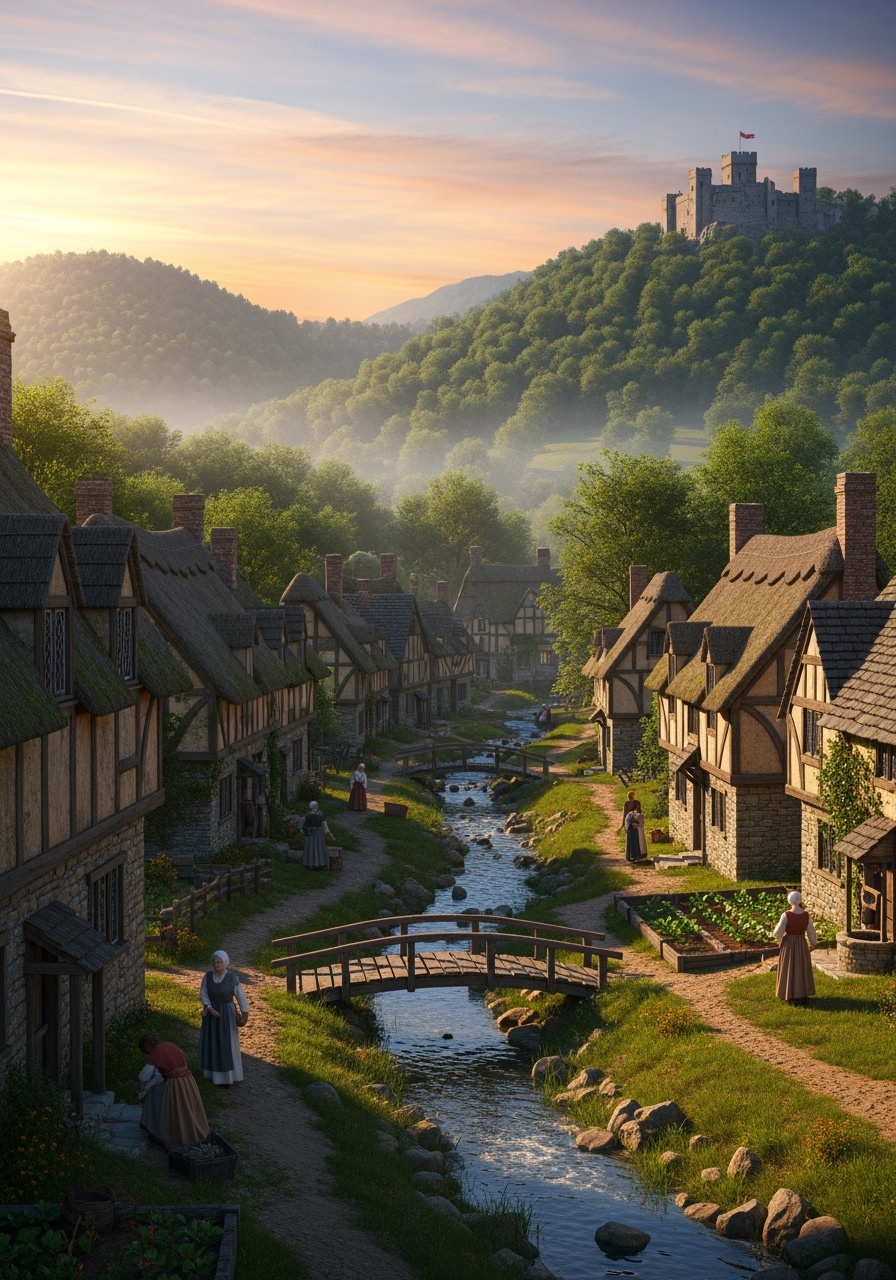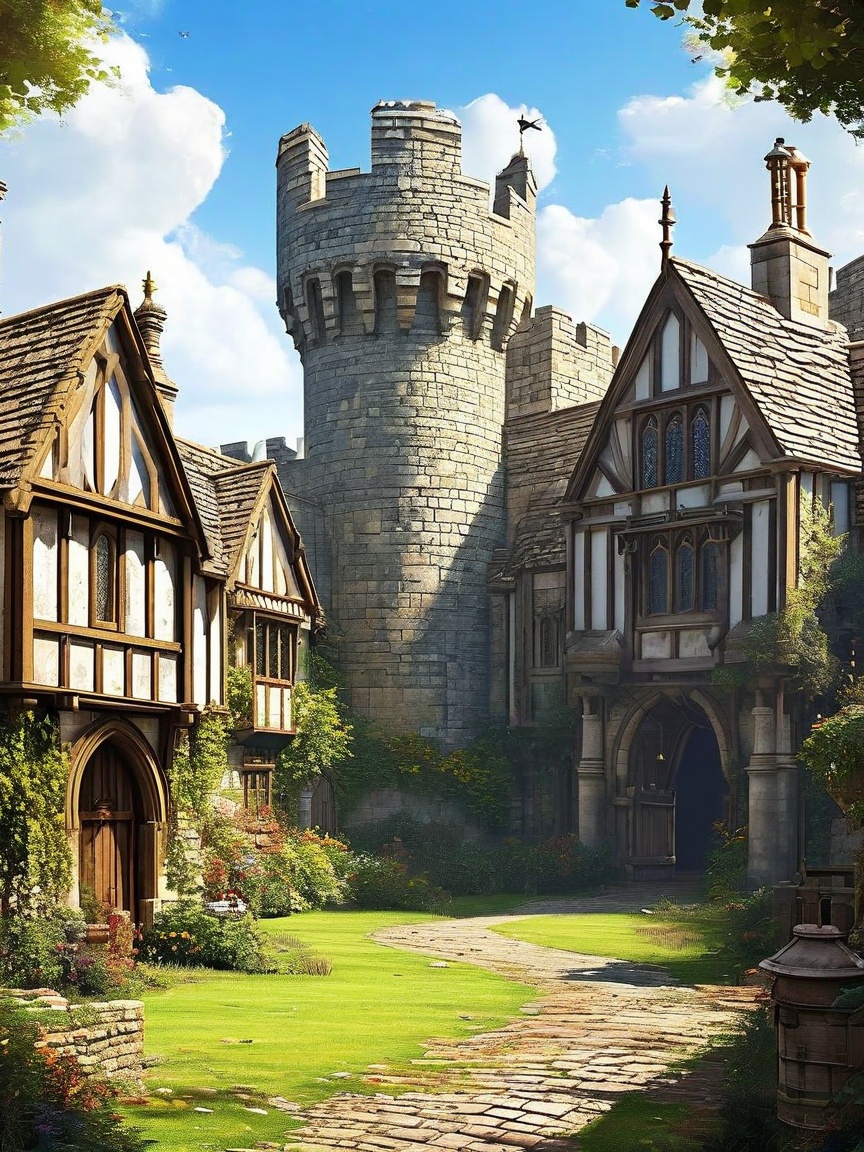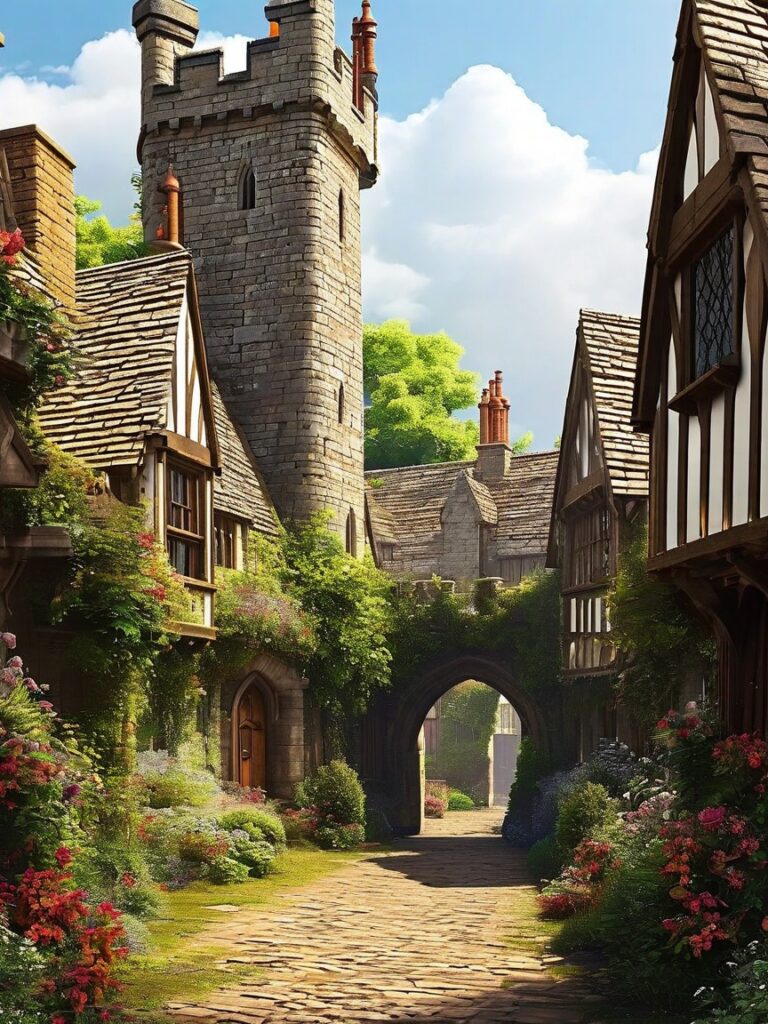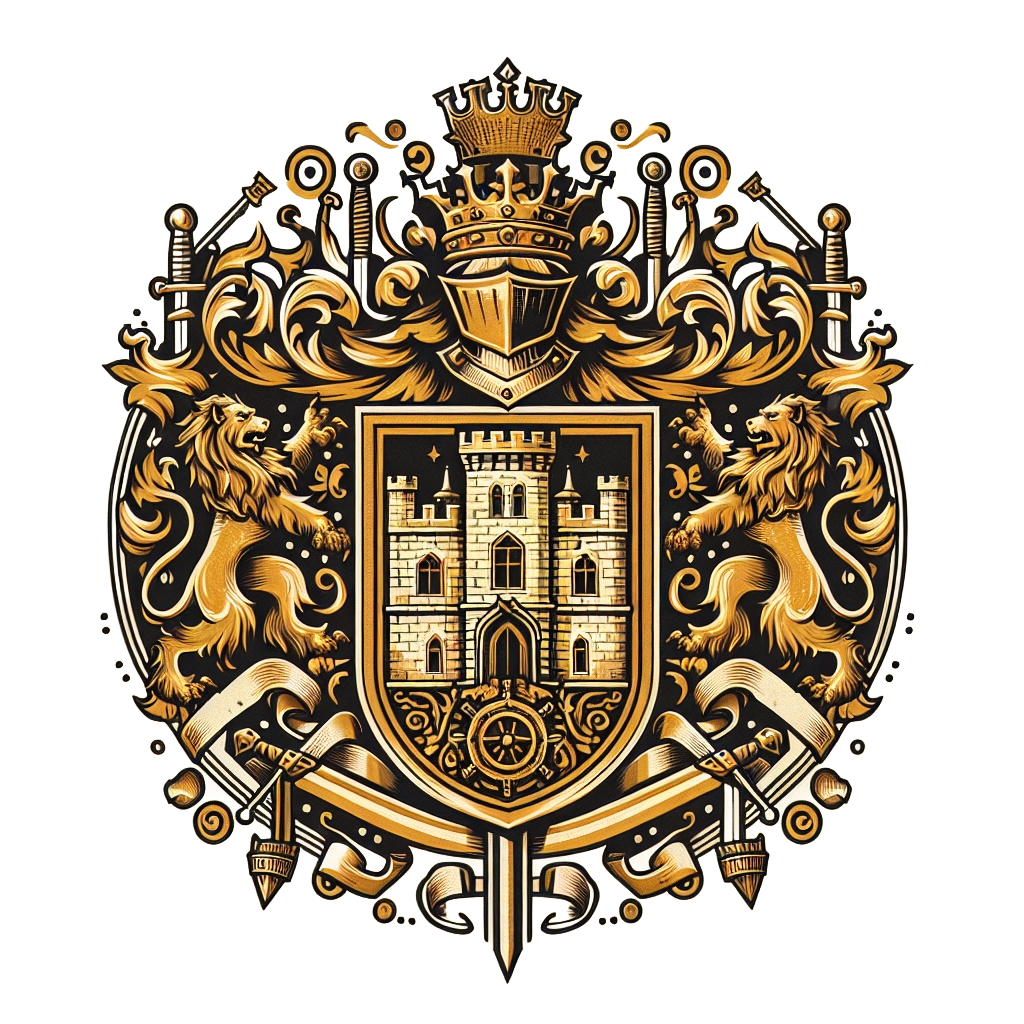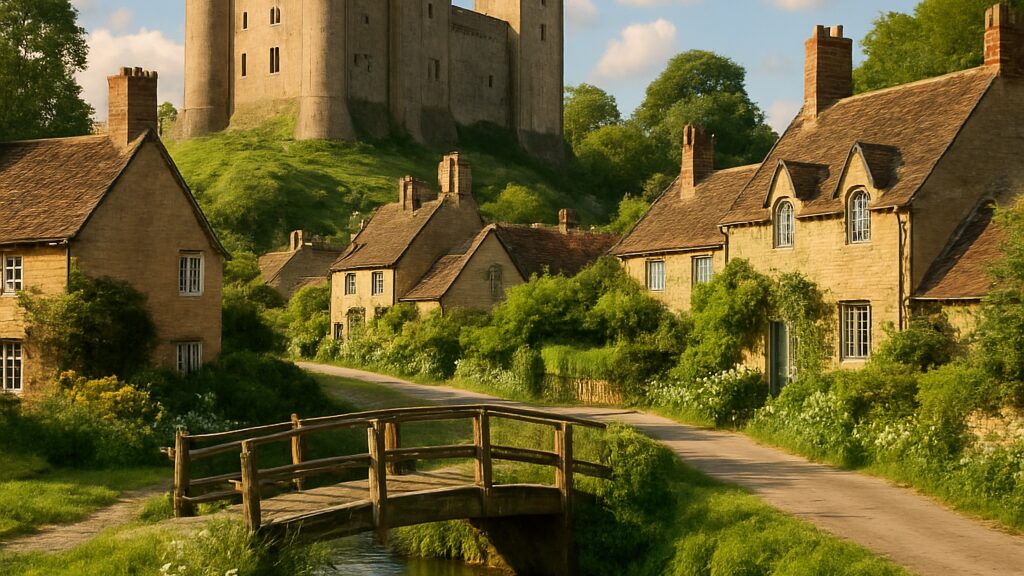House of Kalder: A Historical Journey Through the Centuries
The story of the House of Kalder spans an impressive timeline, originating in the heart of medieval Germany. This noble family has woven a rich tapestry of influence, service, and cultural contribution, beginning in the early 11th century and extending its reach across Europe. Let us delve into this fascinating history, exploring the various phases that marked the rise and expansion of the Kalder family.
The Early Beginnings (1027–1200)
The history of the Kalder family begins in the core of medieval Germany during a time when the Holy Roman Empire was asserting its dominance in Central Europe. The earliest mention of the Kalder name is found in chronicles dating back to 1027, a period marked by significant political and social upheavals in the Germanic heartlands. During these formative years, the Kalder family laid the foundation for a legacy of service and nobility that would last for centuries.
Geographical Expansion and Influence (1200–1400)
Over the following centuries, the Kalder family strategically expanded their presence across several regions. Their influence became particularly prominent in what later became the federal states of Baden-Württemberg and Bavaria. This geographical diversification proved crucial to their continued success, allowing them to establish multiple centers of power and influence. The family’s ability to maintain strong connections between these regions spoke to their diplomatic skill and social intelligence.
Connection to the Holy Roman Empire (1400–1500)
The Kalder family’s most transformative phase arguably came during the reign of Karl IV, Emperor of the Holy Roman Empire. The unwavering loyalty and service the Kalders provided to the emperor dramatically transformed their status within the aristocratic hierarchy. Their dedication did not go unnoticed, leading to their elevation into the „Briefadel“ or „patented nobility,“ officially marking their entry into the noble class. This elevation to the „new nobility“ was a remarkable achievement, especially given the traditional dominance of the „high nobility“ (Uradel).
Ties with Austria and the Baron Title
The Kalder family’s influence extended beyond German territories into the Austrian Empire, where a branch of the family was granted the title of Baron. This elevated status further solidified their position within European noble networks, opening up new opportunities for influence and alliances. The connection to Austria proved particularly valuable during times of political upheaval, providing the family with additional stability and prestige.
Cultural and Social Contributions
Throughout their history, the Kalders distinguished themselves not only through political service but also through cultural and social contributions. They were known as patrons of the arts, supporters of educational institutions, and advocates for social progress within their spheres of influence. This commitment to cultural promotion helped cement their reputation as more than just titles—they were nobility through deeds and actions.
Architectural Legacy
The presence of the Kalder family can still be traced today through various architectural landmarks. These structures, ranging from medieval castles to baroque palaces, stand as testament to their influence and wealth. Many of these buildings have become important historical sites, preserving the family’s legacy for future generations to admire and study.
Military Service and Leadership
Numerous members of the Kalder family distinguished themselves in various military campaigns over the centuries. Their contributions to military leadership and strategy helped fortify their position within the nobility and demonstrated their commitment to the protection of their land and people.
Educational and Intellectual Pursuits
The Kalders placed great importance on education and intellectual development. Many family members were known for their scholarly achievements, making significant contributions in fields such as law, philosophy, and natural sciences. This intellectual tradition set them apart from other noble families who relied solely on their hereditary status.
Preservation of Heritage
Today, the history of the Kalder family offers a fascinating glimpse into the evolution of European nobility. Their story demonstrates how a family could ascend through loyal service, strategic thinking, and cultural contributions rather than relying solely on ancient lineage. This aspect of their history makes them particularly interesting to modern historians studying social mobility in medieval and early modern Europe.
Economic Influence
The family’s economic activities were diverse and forward-looking for their time. They were involved in land management, trade, and early industrial enterprises, showcasing an adaptability that helped them maintain their wealth despite changing economic conditions.
Diplomatic Relations
The Kalders were renowned for their diplomatic skills, often acting as mediators in disputes between other noble houses and representing important negotiations. Their ability to navigate complex political landscapes and broker peace earned them respect and trust from both allies and rivals.
Religious Connections
Like many noble families of their time, the Kalders maintained important connections with religious institutions. They were patrons of various churches and monasteries, which contributed to their social standing and provided educational opportunities for family members. These religious ties also reinforced their moral and ethical influence within their communities.
Modern Significance
The legacy of the House of Kalder continues to intrigue historians and genealogists today. Their rise from local nobility to influential aristocrats offers valuable insights into the social mobility possible in medieval and early modern European society. Their history challenges common assumptions about the rigidity of aristocratic hierarchies and illustrates how service, loyalty, and adaptability could lead to social ascension.
Conclusion
The House of Kalder’s journey through the centuries is a remarkable tale of resilience, adaptation, and contribution. From their early beginnings in medieval Germany to their expansion across Europe, the Kalders have left an indelible mark on history. Their political service, cultural patronage, military leadership, and intellectual pursuits have cemented their legacy as a family that rose to prominence through merit and action. The architectural and cultural remnants of their influence serve as enduring symbols of their rich heritage, inspiring future generations to explore and appreciate the complexities of noble life in historical Europe.
Barony of Stainton le Vale
Freddy Kalder is the Baron of Stainton le Vale, a title steeped in history and heritage. Dating back to the early 12th century, Stainton le Vale is a barony located in the picturesque county of Lincolnshire, England. This feudal barony saw its inception during a time when England was a patchwork of lands held by noble families under the feudal system, and it remained prominent until the year 1202.
Other Lordships and Titles
The House of Kalder holds numerous lordships and titles, including:
– Lordship of Eastbury – Worcestershire, England
– Lordship of Dexbeer and Hudson – Devon, England
– Lordship of Culversclyff and Watchet – Somerset, England
– Lordship of Haldley and Rowridge – Isle of Wight, Hampshire, England
– Lordship of Southcote – Buckinghamshire, England
– Lordship of Crookham and Henwick – Berkshire, England
Lordship of Pulham, Hamenhale’s, Vauxes’, Sturmins, and Sturmer’s – Norfolk, England
